
What Is GraphQL? A Detailed Guide About The Intriguing Backend Framework
Jan 30, 2025 6 Min Read 5946 Views
(Last Updated)
Once you start learning about frameworks as a full-stack/backend developer, there is no going back. The more you dig, the more you’ll find and the more you’ll learn. Though it is interesting, it could be tiresome as well.
So, to make it easy for you, we picked up one important framework that could process all your queries and make your life as a developer a bit easier. GraphQL is the framework that we are going to see today.
In this article, you will be learning A-Z about GraphQL starting from its definition to its basics, to its working style, and finally the benefits and challenges as well.
Without further ado, let’s get started.
Table of contents
- Understanding GraphQL: All You Need To Know Beforehand
- What Makes GraphQL Unique?
- How Do You Interact with Data?
- The Structure of a GraphQL Query
- How Does GraphQL Work? A Closer Look
- The Query Resolution Process
- The Role of Resolvers
- Efficient Data Fetching
- Handling Complex Queries and Nested Data
- Benefits and Challenges of Using GraphQL
- Benefits of Using GraphQL
- Challenges of Using GraphQL
- Getting Started with GraphQL
- Step 1: Set Up Your Development Environment
- Step 2: Define Your Schema
- Step 3: Implement Resolvers
- Step 4: Set Up Your Server
- Step 5: Test and Iterate
- Conclusion
- FAQs
- Can GraphQL be used with any database?
- What is a GraphQL schema?
- Is GraphQL only for large-scale applications?
- Can GraphQL replace REST?
Understanding GraphQL: All You Need To Know Beforehand

When you’re getting started with GraphQL, it might feel a bit like learning a new language even though it is just a framework.
That’s because, in a way, it is a query language designed specifically for your API needs. Let’s break down the key concepts and features that define it, helping you understand why and how it could transform the way you interact with data in your applications.
What Makes GraphQL Unique?
One of the first things you’ll notice about this framework is its efficiency and specificity. Unlike traditional REST APIs, where you often retrieve more information than you need via multiple endpoints, it allows you to request exactly what you need in a single query.
This tailored approach not only speeds up data retrieval by reducing unnecessary data transfer but also improves the overall performance of your application.
Also Read: Backend Developers: The Greatest Challenges
How Do You Interact with Data?
With GraphQL, you interact with your data through a set of queries, mutations, and subscriptions:
- Queries: Imagine you’re at a restaurant with a customizable menu. You can specify exactly which ingredients you want in your dish. Similarly, these queries allow you to specify exactly what data you want to fetch. You write a query for what you need, and it responds with precisely that—nothing more, nothing less.
- Mutations: If a query is like ordering your dish, a mutation is like customizing that order by adding or replacing ingredients. In technical terms, mutations are how you modify data on the server, such as adding a new record, updating an existing one, or deleting one.
- Subscriptions: While queries and mutations deal with static data, subscriptions allow you to handle real-time data. Think of it as having a waiter who continuously informs you about your order status. In the world of web development, subscriptions maintain a live connection to the server.
The Structure of a GraphQL Query
Understanding the structure of a GraphQL query can help you better grasp how you communicate with your API. A basic query might look something like this:
{
user(id: "1") {
name
email
posts {
title
content
}
}
}
In this example, you’re asking for a user with a specific id. For this user, you want to fetch their name, email, and a list of their posts, including each post’s title and content.
GraphQL ensures that the response matches this structure exactly, which means your front end knows what to expect and how to handle it without the guesswork associated with traditional APIs.
By allowing you to specify exactly what data you need, this framework minimizes the bandwidth and processing power required, which is especially crucial for mobile and web applications where performance is key.
Read More: Examining GraphQL vs REST: Which API Paradigm Reigns Supreme?
How Does GraphQL Work? A Closer Look

Understanding the inner workings of GraphQL will give you a clearer picture of how it improves upon more traditional methods of server-client communication.
But before we indulge further, it is important that you know the basics of full-stack development as that is very crucial for the upcoming sections.
If not, worry not, enroll yourself in a professionally certified Full-stack Development Course by a recognized institution that not only strengthens your understanding but also provides you with an industry-grade certificate.
Let’s dig into the mechanics of how GraphQL processes your requests:
The Query Resolution Process
When you send a query to a GraphQL server, you’re essentially sending a JSON-like structure that specifies what you want to fetch. Here’s what happens under the hood when you make that request:
- Receive the Query: First, the server receives your query. This query describes exactly what data you want.
- Validate the Query: The server then checks the query against the GraphQL schema. If you’ve asked for fields that don’t exist or if there’s a type mismatch, the server will return an error before attempting to execute the query.
- Execute the Query: If the query is valid, it resolves it. This involves fetching the required data for each field requested. The server looks at the fields you’ve asked for and runs a function called resolvers.
- Return the Response: Once all the necessary data is fetched and the appropriate transformations are applied, the server packages up the response to mirror the structure of your query and sends it back to you.
The Role of Resolvers
Resolvers play a crucial role in how this framework operates. Each field on each type in the schema is backed by a resolver function that knows how to fetch or compute the value for that field.
If you don’t specify a resolver, it uses a default resolver, which simply returns a property of the same name from the parent object.
However, you can define custom resolvers to handle complex data fetching, such as retrieving data from a database or a different API.
Also Read: Use ReactJS to Fetch and Display Data from API – 5 Simple Steps
Efficient Data Fetching
The beauty of this framework lies in how these resolvers are executed. Because you define exactly what you need in your query, GraphQL only invokes the resolvers for the fields you requested.
This means if you didn’t ask for a user’s posts, the posts resolver won’t run, saving unnecessary database calls.
Handling Complex Queries and Nested Data
GraphQL shines when handling complex, nested queries. If you need data that spans multiple entities (like a user’s posts and each post’s comments), it handles this elegantly.
Each level of the query is resolved in turn, allowing for precise control over how data is fetched and returned.
This not only keeps your API responses slim and focused but also allows you to construct highly specific queries that reflect the exact structure of the data you need on the client side.
As you become more familiar with crafting queries and defining resolvers, you’ll find that this framework offers a robust foundation for building dynamic, responsive applications that cater precisely to your data needs.
Know More: Best GraphQL with JS Online Course
Benefits and Challenges of Using GraphQL

As you explore the capabilities of GraphQL, it’s important to weigh its benefits and challenges to determine if it’s the right choice for your projects.
Understanding both sides of the same coin will help you make informed decisions and implement this framework effectively.
Benefits of Using GraphQL
1. Selective Data Fetching: One of the most significant advantages you’ll notice with GraphQL is its ability to let you request exactly what you need, nothing more, nothing less.
2. Reduced Number of Requests: Unlike REST APIs, where you might need to make several requests to different endpoints to gather all the data you need, it often consolidates all your data needs into a single request.
3. Real-Time Data: It supports real-time data updates through subscriptions. This means you can easily implement features that rely on real-time data, such as live messaging or updates in a feed.
4. Improved Development Workflow: Front-end developers can make changes to GraphQL queries without relying on back-end teams to provide additional endpoints or update existing ones.
Challenges of Using GraphQL
1. Complexity in Query Optimization: While GraphQL gives you the power to fetch exactly what you need, it also puts pressure on you to ensure queries are optimized. Complex queries can lead to performance issues, especially if not properly managed.
2. Caching Difficulties: Caching with this framework can be more complex than with REST because each query can be unique, making traditional HTTP caching mechanisms less effective.
3. Initial Learning Curve: If your team is accustomed to REST, the shift to GraphQL can involve a learning curve. Understanding how to structure queries, mutations, and subscriptions effectively, as well as managing the schema, can take time.
The decision to use GraphQL should consider these benefits and challenges. It’s a powerful tool that, when used correctly, can offer substantial improvements in performance and developer productivity. However, it requires careful planning and optimization to get the most out of its capabilities.
Explore More: The Best Way To Learn Back-End Development
Getting Started with GraphQL

If you’re accustomed to REST and ready to dive into GraphQL and utilize its power for your projects, getting started might seem daunting at first.
However, by breaking down the process into manageable steps, you’ll find that integrating GraphQL into your development workflow can be straightforward.
Here’s how you can begin your journey with this intriguing framework:
Step 1: Set Up Your Development Environment
After you understand all the basics of GraphQL, the first thing you need to do is to set up your development environment.
You’ll need to set up a development environment that supports GraphQL. This typically involves:
- Choosing a Backend Language: You can implement a GraphQL server in many programming languages including JavaScript (Node.js), Python, Ruby, Go, and others.
- Installing GraphQL Tools: Depending on your chosen language, you’ll need to install appropriate libraries and tools. For example, if you’re using Node.js, you might install Apollo Server and GraphQL.js
npm install apollo-server graphql- Development Tools: Tools like GraphiQL, an in-browser IDE, allow you to test your GraphQL queries and mutations directly in your browser. This can be very helpful for debugging and understanding how your queries interact with your API.
Know About 6 Emerging Programming Languages for Backend Development
Step 2: Define Your Schema
The schema is the backbone of your GraphQL API. It defines the types of data you can query and the operations you can perform.
Start by defining simple types and expand your schema as needed. For instance, you might define a User type and related queries in the following way:
type User {
id: ID!
name: String!
email: String!
}
type Query {
users: [User]
user(id: ID!): User
}
Step 3: Implement Resolvers
As we saw earlier, resolvers are functions that connect the types defined in your schema to the data sources.
Each field on each type is backed by a resolver function that knows how to fetch or compute the value for that field.
Here’s an example of what resolvers for the User type might look like:
const resolvers = {
Query: {
users: () => fetchUsers(),
user: (parent, { id }) => fetchUserById(id),
},
};These functions (fetchUsers and fetchUserById) would interact with your data store or other APIs to return the requested data.
Step 4: Set Up Your Server
Once you have your schema and resolvers ready, you can set up your GraphQL server. Using Apollo Server as an example, you would create a new instance of the server with your schema and resolvers, and then start the server:
const { ApolloServer } = require('apollo-server');
const server = new ApolloServer({ typeDefs, resolvers });
server.listen().then(({ url }) => {
console.log(`🚀 Server ready at ${url}`);
});
Step 5: Test and Iterate
With your server running, you can now test your GraphQL API. Use GraphiQL or a similar tool to execute queries and mutations.
Check the responses and ensure they meet your expectations. This testing phase is crucial for understanding how your API behaves and for making necessary adjustments.
If you want to learn more about frameworks like GraphQL, then consider enrolling in
GUVI’s Certified Full-Stack Development Course not only gives you theoretical knowledge but also practical knowledge with the help of real-world projects.
Also Read: Top 6 Backend Frameworks That You Should Know
Conclusion
In conclusion, GraphQL introduces a new way in how applications interact with data by allowing precise and efficient data fetching with a single query, reducing the need for multiple API calls.
While it introduces challenges such as query optimization and complex caching strategies, the benefits of selective data retrieval, reduced server load, and improved performance often outweigh these challenges.
Whether you’re just starting out or looking to enhance an existing project, GraphQL offers a robust, flexible approach to managing data interactions.
Also Read: Interaction Between Frontend and Backend: Important Process That You Should Know
FAQs
Yes, GraphQL can be used with any type of database or even multiple data sources at once; it serves as an abstraction layer between clients and data sources.
A GraphQL schema defines the capabilities of the API, including available types and the operations (queries and mutations) that can be performed.
No, GraphQL is beneficial for applications of all sizes due to its efficient data loading capabilities and flexible data querying options.
While GraphQL offers many benefits over REST, whether it replaces REST depends on the specific requirements and constraints of the project.






















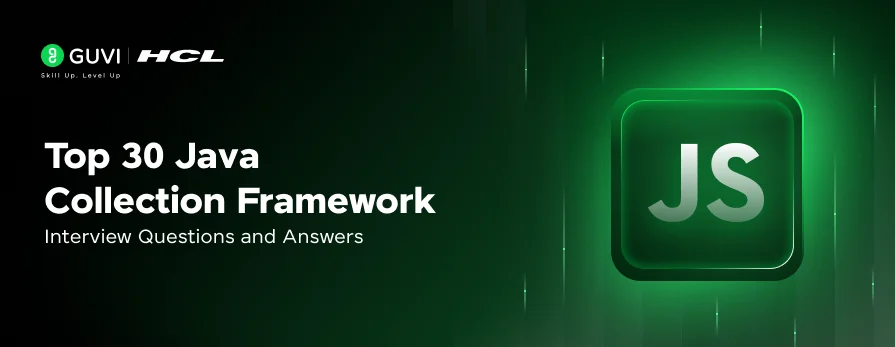


![What is TypeScript? A Beginner's Guide [2025] 9 typescript](https://www.guvi.in/blog/wp-content/uploads/2025/05/What-is-TypeScript_-A-Beginners-Guide.png)
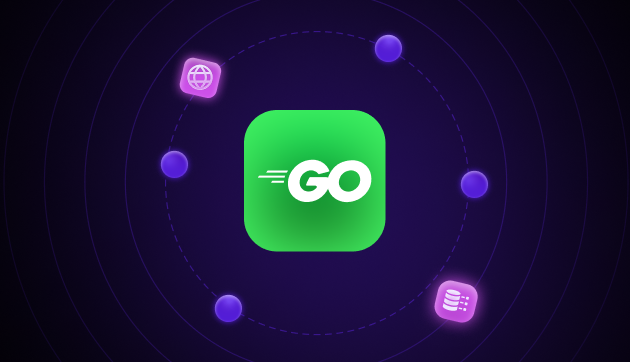
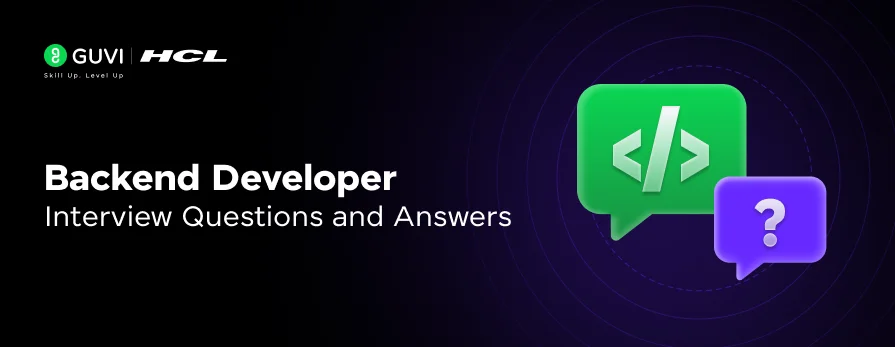
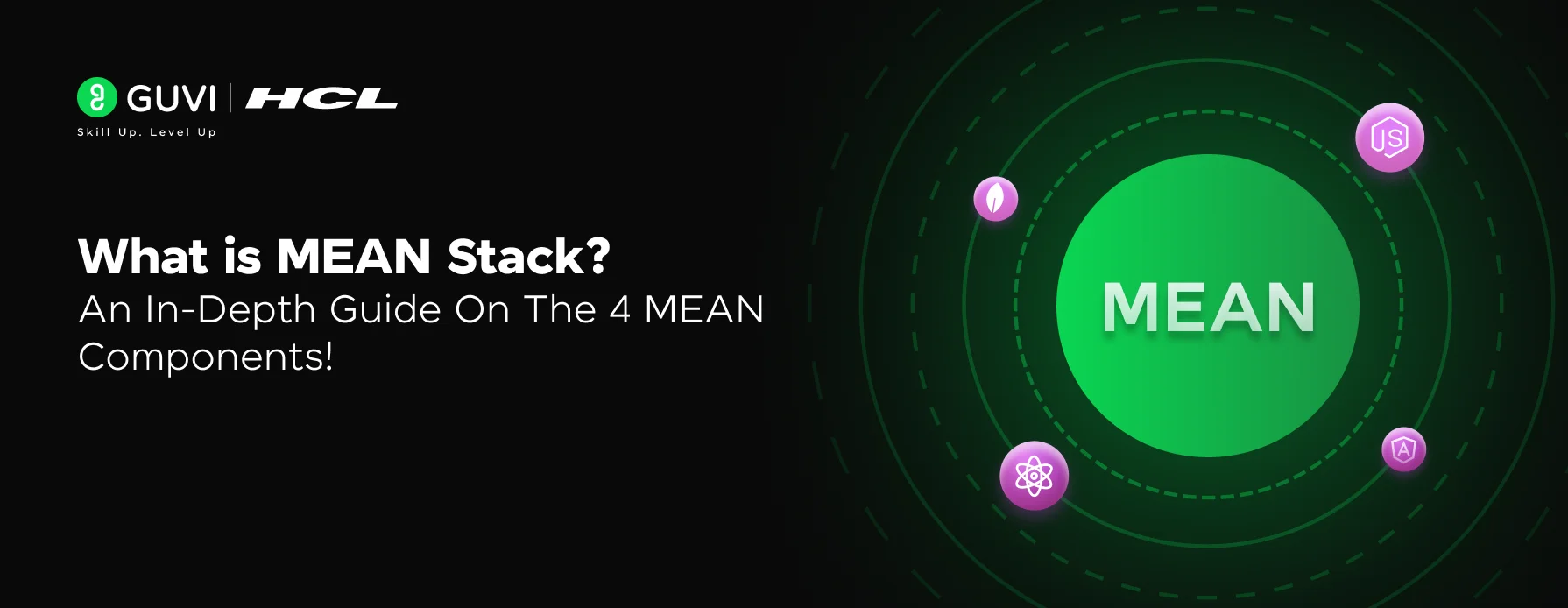
![What is ReactJS? A Beginner's Guide [2025] 12 what is reactjs](https://www.guvi.in/blog/wp-content/uploads/2025/04/What-is-ReactJS_-A-Beginners-Guide.png)
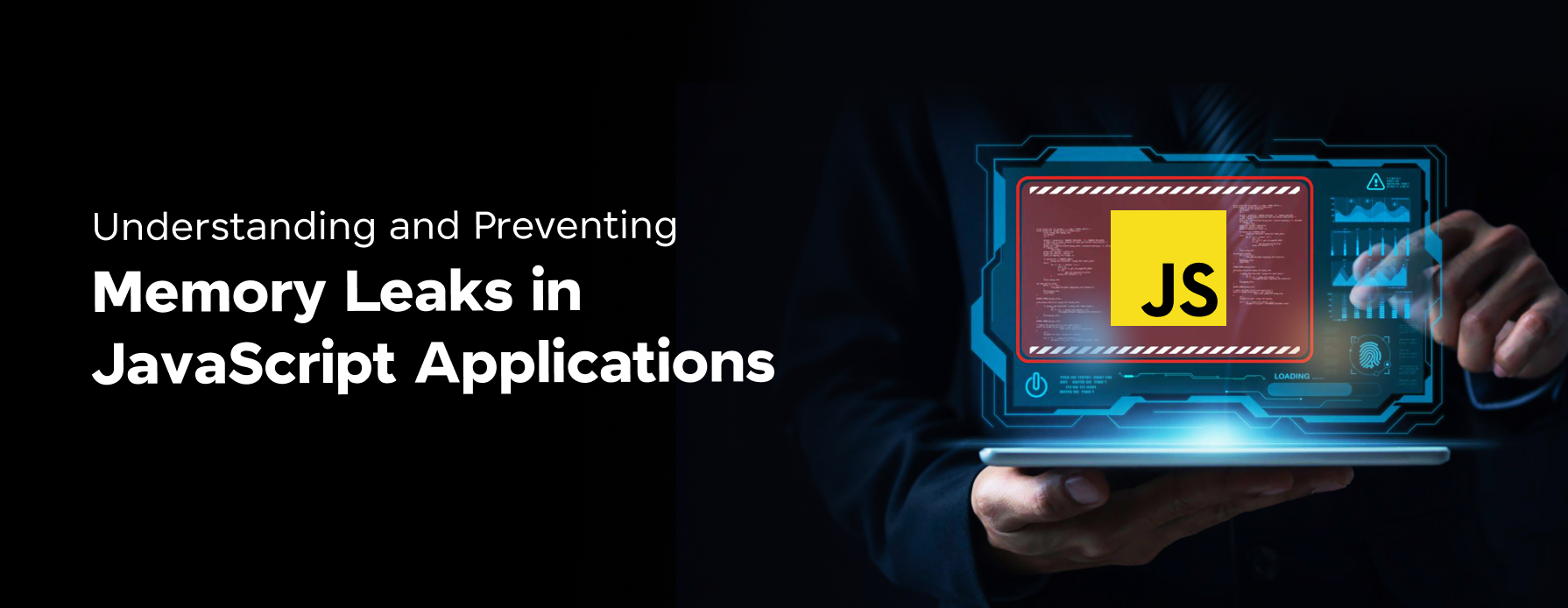

Did you enjoy this article?